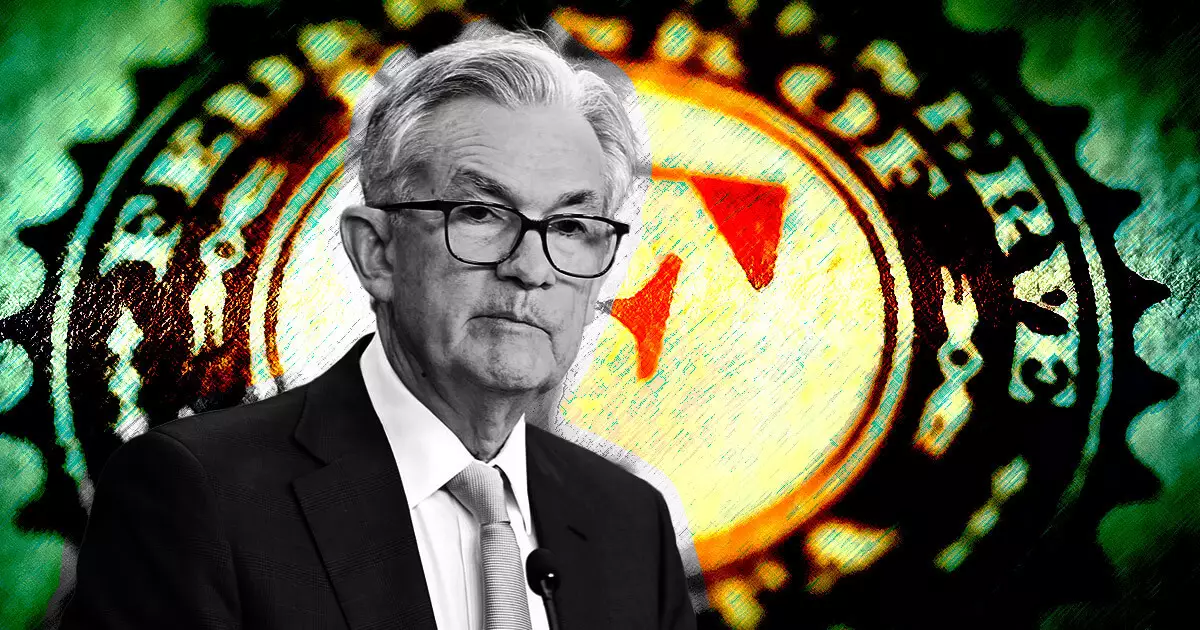The Federal Open Market Committee (FOMC) recently held a meeting reaffirming its dedication to raising interest rates. Despite the complex economic environment characterized by elevated inflation, slowing job gains, and solid GDP growth, the committee believes that at least one more increase is necessary in the near future.
During the meeting, it became apparent that the resilience of the economy had exceeded initial expectations. Yet, the FOMC emphasized that inflation levels remained unacceptably high. Despite implementing aggressive rate hikes over the past year to combat post-pandemic inflationary pressures, the committee expressed dissatisfaction with the results.
The Federal Reserve operates with a target inflation rate of 2%. The FOMC acknowledged that real GDP was experiencing solid growth, particularly highlighted in the third quarter with strengths in private domestic final purchases. This category encompasses personal consumption expenditures, residential investment, and business fixed investment. However, committee participants also anticipate a slowdown in real GDP growth due to the current monetary policy’s restrictive stance.
The committee noted the considerable strength in consumer spending, largely supported by a robust labor market. However, they remained cautious of the financial strain many households face due to high inflation and declining savings. This has led to increased reliance on credit for routine expenditures.
The committee unanimously agreed on the necessity of maintaining a restrictive monetary policy until inflation shows a sustainable decline towards the Committee’s 2% objective. Some participants raised the notion that the speed at which inflation returns to this target could impact their views on the optimal level and duration of policy restrictiveness.
As interest rates potentially reach their peak, several participants advocated for a shift in focus from continually raising rates to determining how long they should remain at these elevated levels. This shift in perspective suggests a recognition of the need for stability and sustainability in monetary policy.
The recent FOMC meeting confirmed the committee’s commitment to higher rates in the face of a complex economic landscape. While the economy has displayed resilience, inflation levels continue to pose a challenge. With a focus on maintaining a restrictive monetary policy, the committee strives for a sustainable decline in inflation towards its 2% target. As rates potentially reach their peak, attention is shifting towards the duration of maintaining these high levels. Such deliberations highlight the delicate balance required to navigate the intricacies of monetary policy and ensure long-term stability for the economy.

